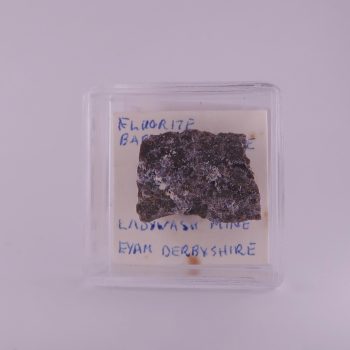Siderite
Siderite is a mineral that is composed of iron, carbon, and oxygen. It is typically found in sedimentary rocks such as limestone and shale, and is often associated with other minerals such as quartz and calcite.
Siderite can range in color from yellow to brown to grey, and has a dull to glassy luster. It is sometimes used as an iron ore, as it contains a relatively high percentage of iron, and is also used as a pigment in paint and ceramics.
Showing all 14 results
-
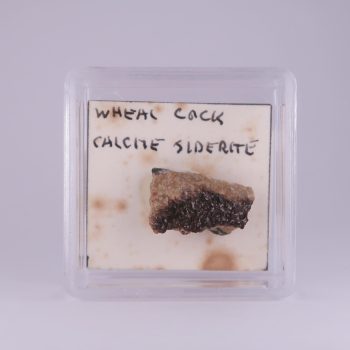
Calcite on Siderite from Wheal Cock, Cornwall
£2.50 -
Updated
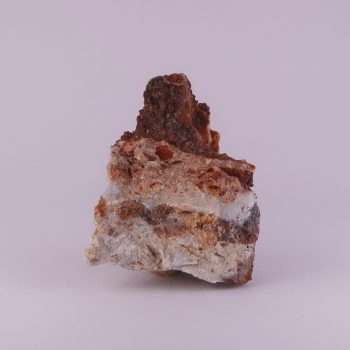
Fluorapatite and Siderite from Holmbush Mine, Cornwall
£2.00 – £3.00 -
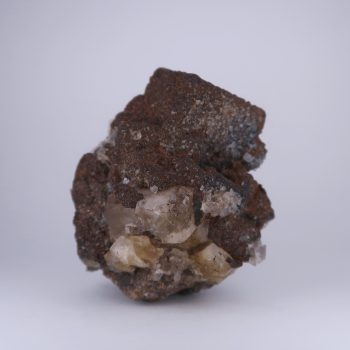
Fluorite and Siderite from Boltsburn Mine, County Durham
£15.00 -
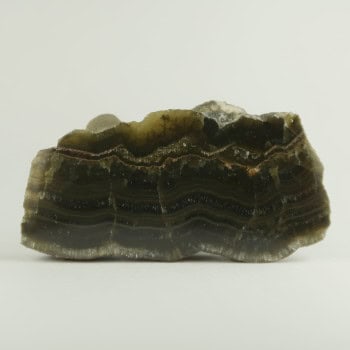
Siderite – polished slices
£5.00 – £7.50 -
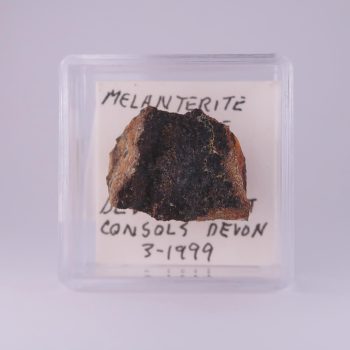
Siderite from Devon Great Consols, Devon
£2.50 -
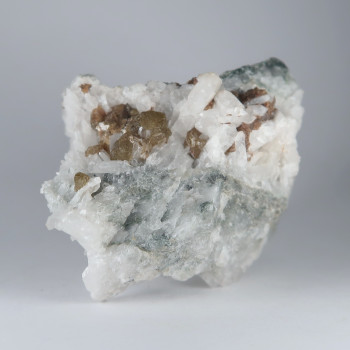
Siderite from George and Charlotte Mine, Devon
£15.00 -
New
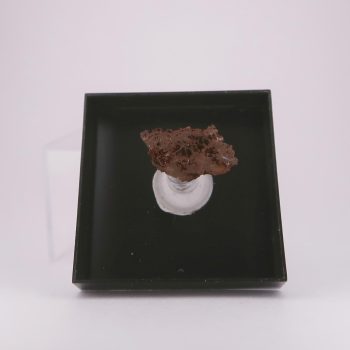
Siderite from Gravel Hill Mine, Cornwall
£2.50 -
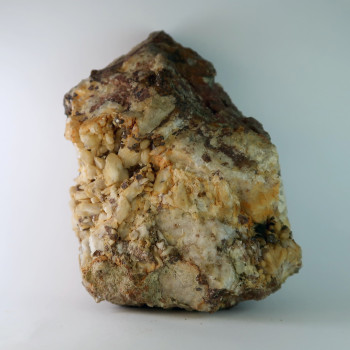
Siderite from Penlee Quarry, Cornwall
£15.00 -
New
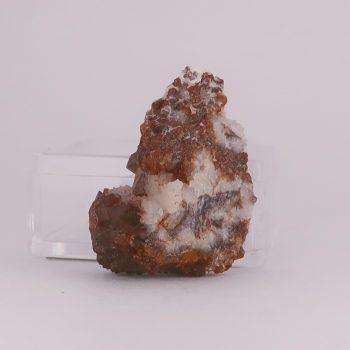
Siderite from South Crofty Mine, Cornwall
£7.50 -
New

Siderite from Wheal Cock, Cornwall
£2.00 -
New
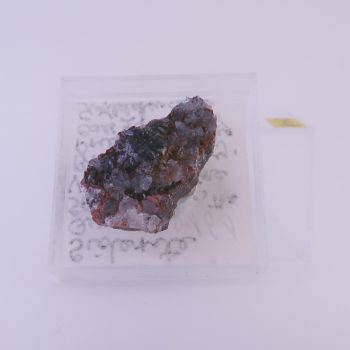
Siderite, Sphalerite and Quartz from Vojtěch Mine, Czech Republic
£10.00 -
New
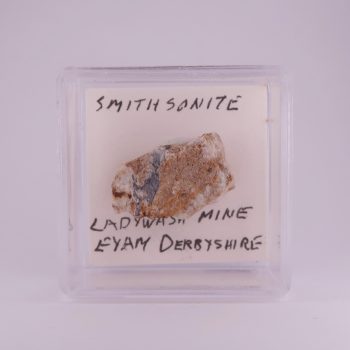
Smithsonite and Siderite from Ladywash Mine, Derbyshire
£3.00 -
New
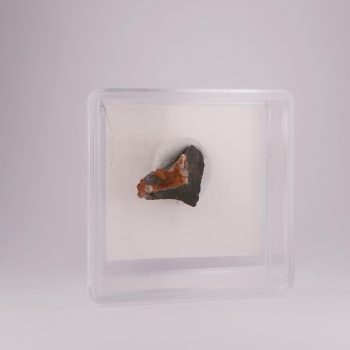
Sphalerite, Quartz and Siderite from Abercynon Colliery, Wales
£10.00
Information about Siderite
Appearance
Siderite is primarily used as an iron ore, but carbonate iron ore is definitely not as useful as typical ores like haematite, as further processing is required.
Uses and History
Siderite is primarily used as an iron ore, but carbonate iron ore is definitely not as useful as typical ores like haematite, as further processing is required.
In rare cases, siderite is faceted for jewellery usage.
These ores were, for a time, very useful as the Bessemer process for manufacturing steel required an ore with minimal phosphorus, which siderite was.
Siderite does also produce siderite concretions, which have been known to preserve some very good quality fossils.
Mineralogy
Hazards and Warnings
Mineral collectors should wash their hands after handling specimens, to avoid any exposure to potential toxins.
Almost all rocks, minerals (and, frankly, almost all other substances on earth) can produce toxic dust when cutting, which can cause serious respiratory conditions including silicosis.
When cutting or polishing rocks, minerals, shells, etc, all work should be done wet to minimise the dust, and a suitable respirator or extraction system should be used.
Translations
Arabic:
- سيديريت
Hindi:
- सिडेराइट
Portuguese:
- Siderita
Bengali:
- সিডেরাইট
Indonesian:
Punjabi:
English:
- Siderite
Italian:
- 菱鉄鉱
Russian:
- Сидерит
French:
- Sidérite
Japanese:
- 菱鉄鉱
Spanish:
German:
- Siderit
Korean:
- 시데라이트
Thai:
Gujurati:
- सिडेराइट
Mandarin Chinese:
- 菱铁矿
Urdu:

